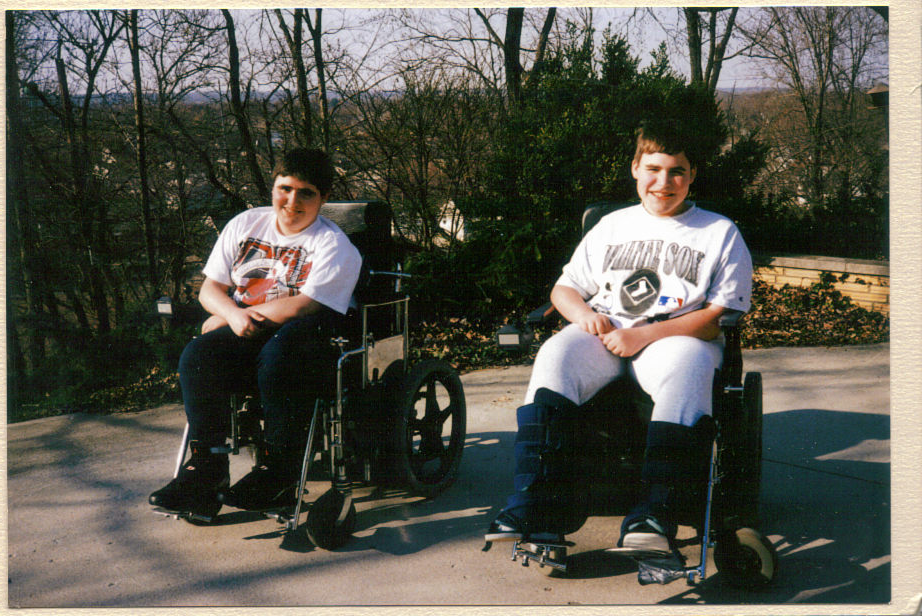Closer Look
For the Duchenne moms who pushed for cures, a breakthrough can't rebuild what's lost
 Courtesy Pat Furlong
Courtesy Pat Furlong
For Duchenne muscular dystrophy patients and their families, the approval last week of the first gene therapy for the degenerative disease was a landmark moment. For the first time, most 4- and 5-year-olds will be offered a therapy that, if results hold up, could alter the course of their lives. Yet for some, jubilation comes with heartbreak.
Over two decades, moms of boys with Duchenne mobilized to lay the groundwork for this breakthrough, raising funds for research, lobbying legislators, and participating in research studies. For the most part, their sons will not benefit. Some, like Patrick and Christopher Furlong (above), have died. Others are older now and have already lost much of their muscle function. Gene therapy might preserve muscle, but it can't bring it back. Their fight over 30 years is the story of modern disease advocacy, its power to bring about transformational drugs, and the limits on how fast even the most determined activists and scientists can make drug development go. I have more here.
surgery
Stop Ozempic before your surgery, anesthesiologist group says
Patients have long fasted before surgery to ensure food doesn't get into the lungs while under anesthesia. But, STAT's Elaine Chen reports, people who take Ozempic or one of the similar new weight loss medications, known as GLP-1 drugs, are recommended to take a second step — stop their drugs. The guidance from American Society of Anesthesiologists comes after anecdotal reports that delayed stomach emptying, a side effect of these drugs, could increase the risk of regurgitation and food aspiration into lungs when patients are on anesthesia. There are, however, scarce data on the drugs' effects on people during surgery. If patients did not stop taking their GLP-1 before surgery, the group recommends doctors perform an ultrasound. If the stomach is empty, they may proceed with the operation. Read more.
addiction
Report highlights how xylazine is contributing to overdose deaths
Over the last few years, a powerful veterinary sedative called xylazine, or tranq, has emerged as a growing public health threat. The drug, when mixed with fentanyl, can lead to overdoses that are difficult to reverse with naloxone and has adverse effects not seen with opioids alone. A new CDC report spotlighted how widely the drug has spread.
From January 2019 to June 2022, across 20 states and Washington D.C., the percentage of illicit fentanyl-related deaths in which the sample included xylazine rose from 3% to 11%. That doesn't mean xylazine caused the person's death. The exact effects of xylazine are still unknown, and different jurisdictions varied widely in whether they included the drug as a cause of death. But researchers wrote the findings emphasized the need to study the drug further, conduct more routine toxicological studies after suspected overdose deaths, and spread the word that people may need to seek treatment beyond naloxone.
No comments